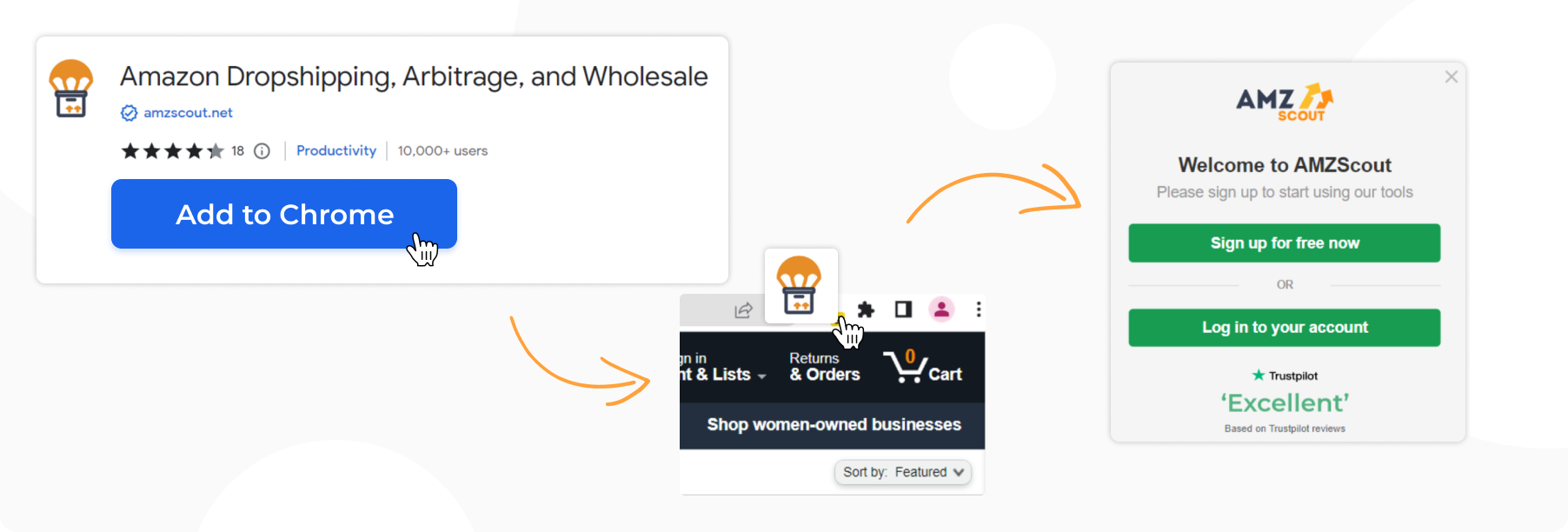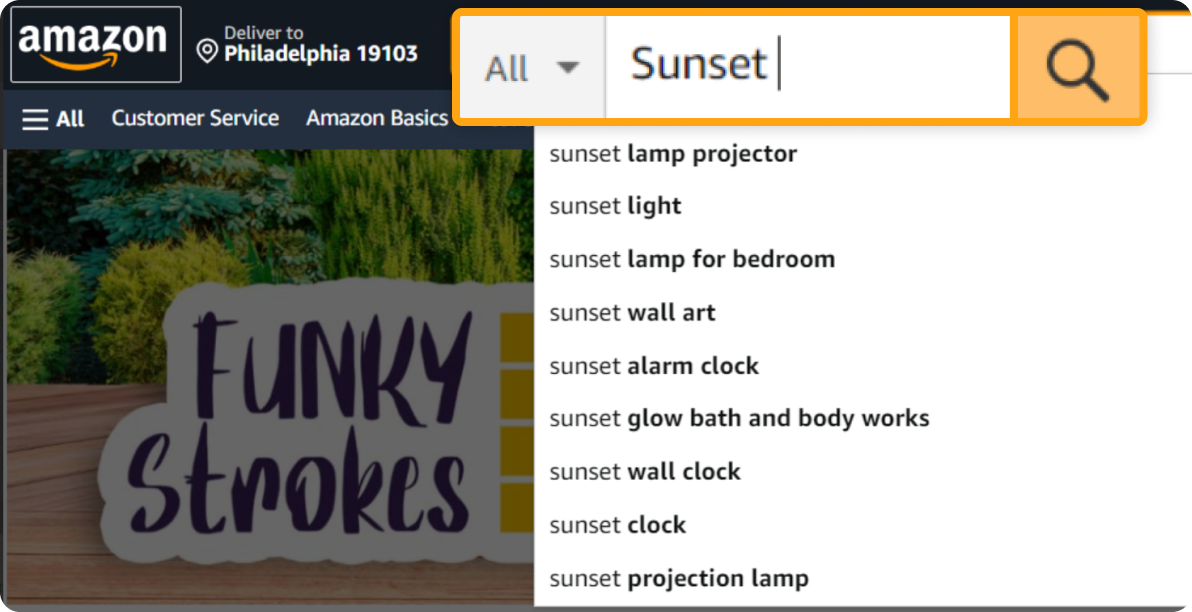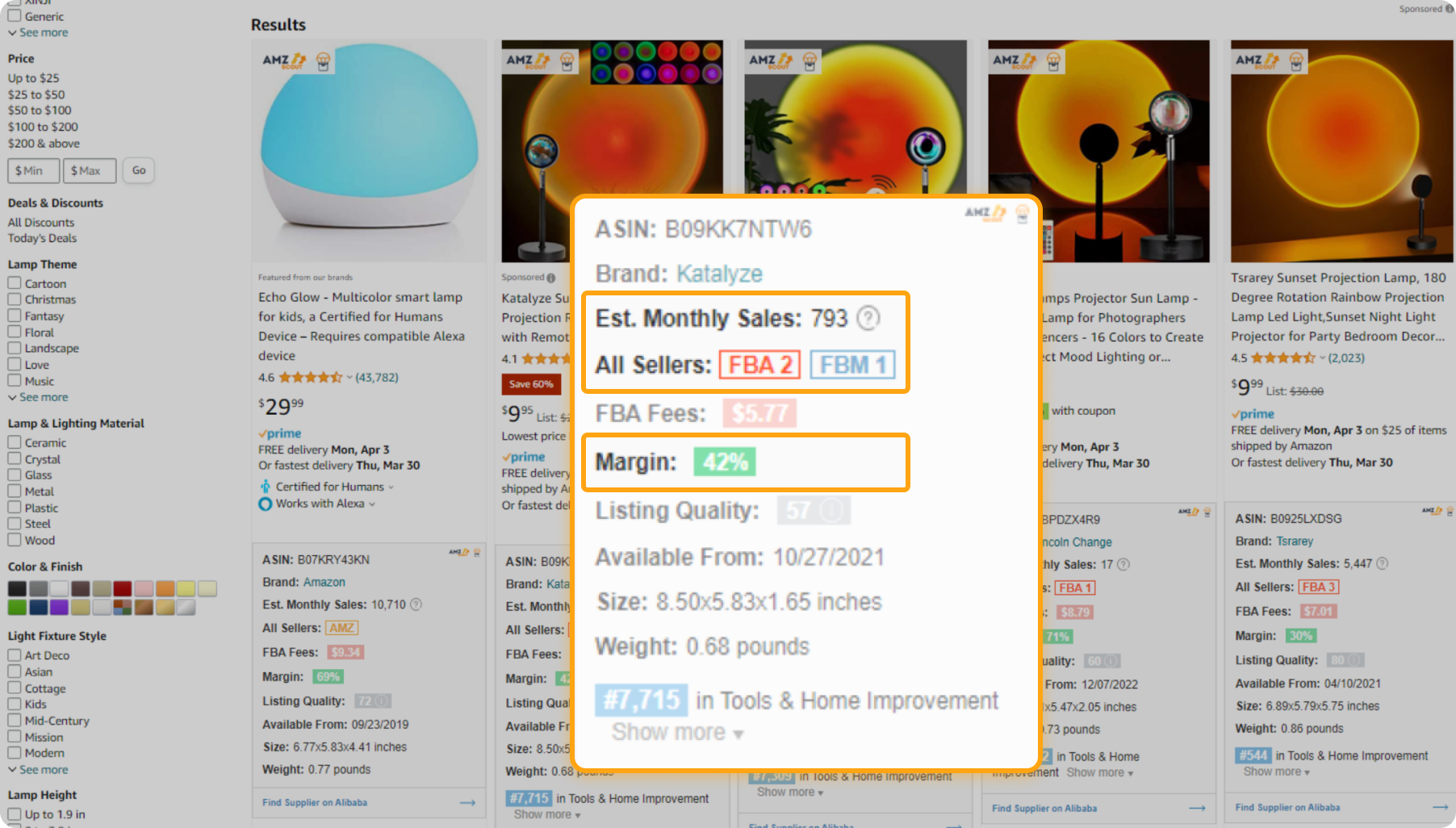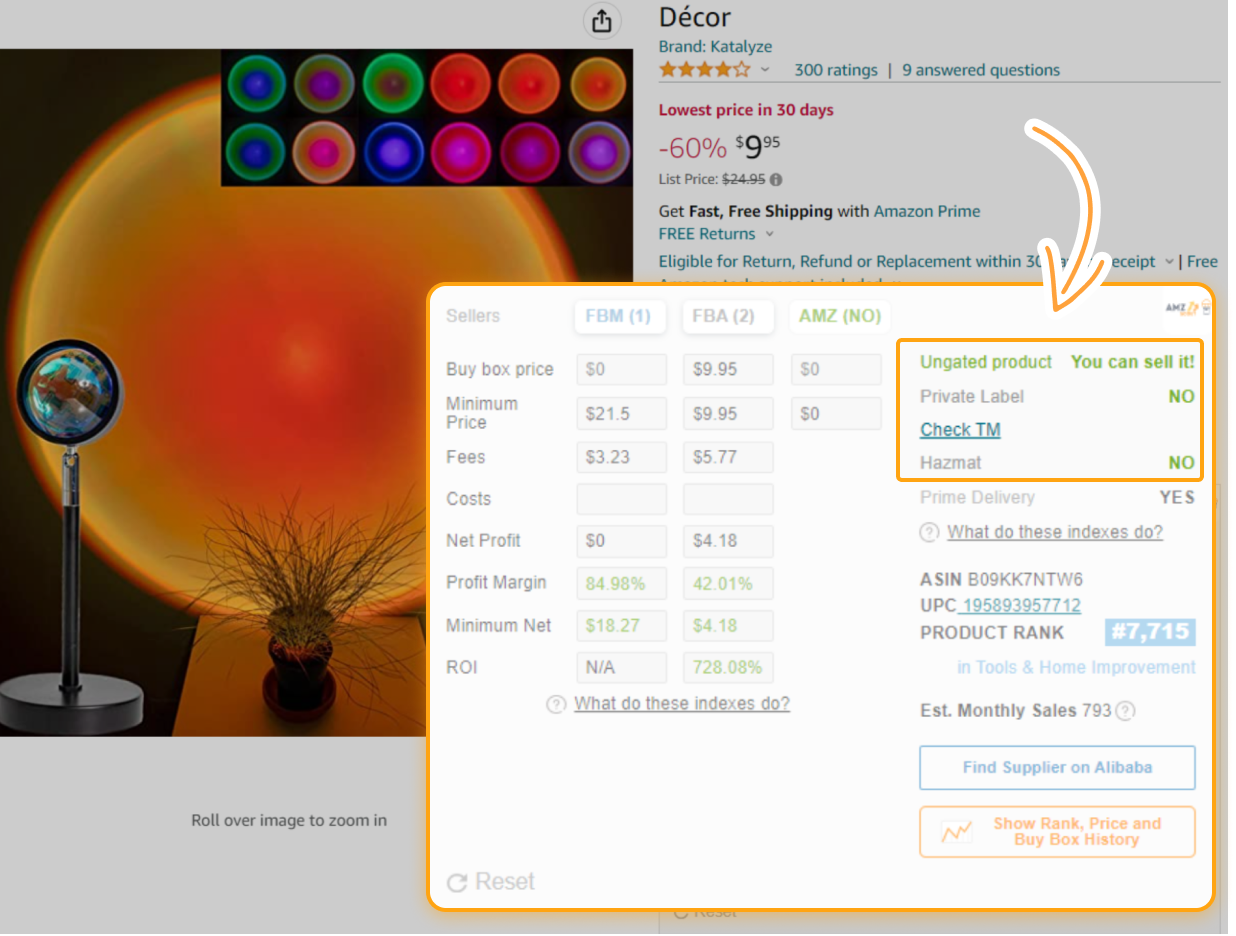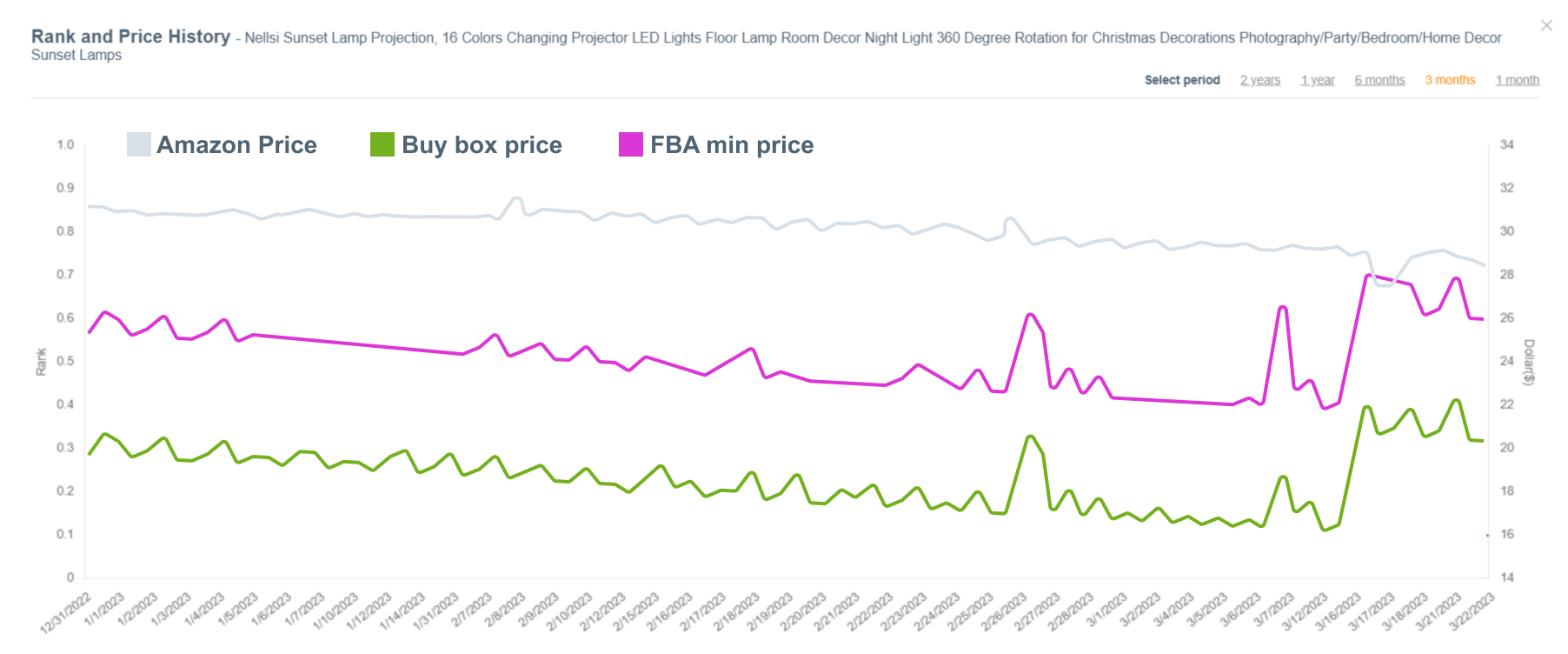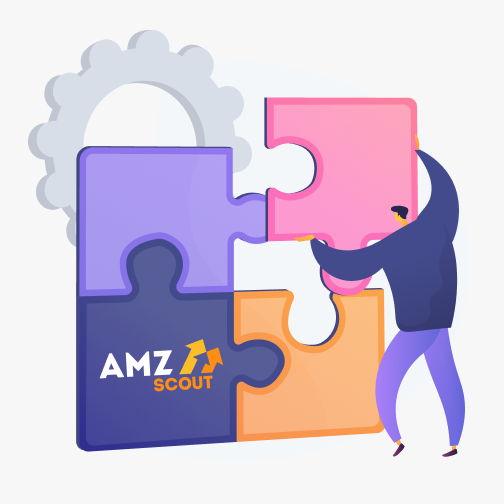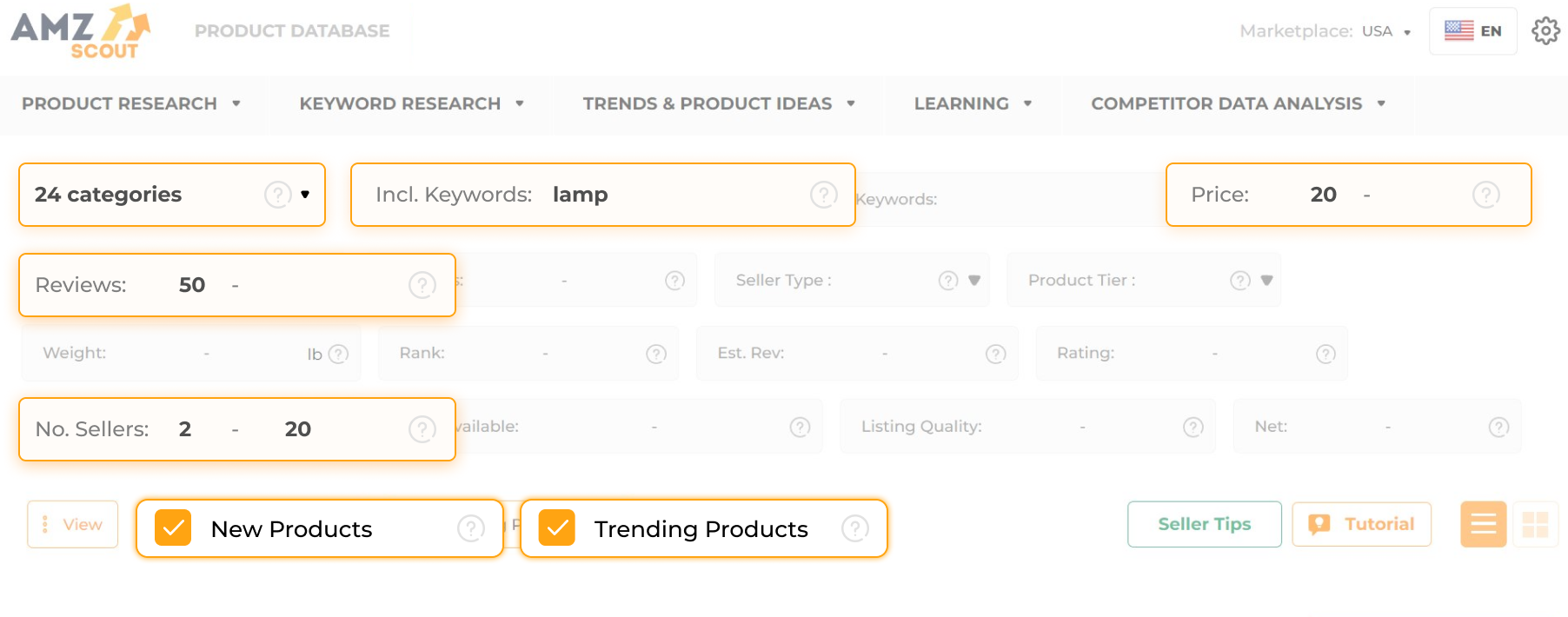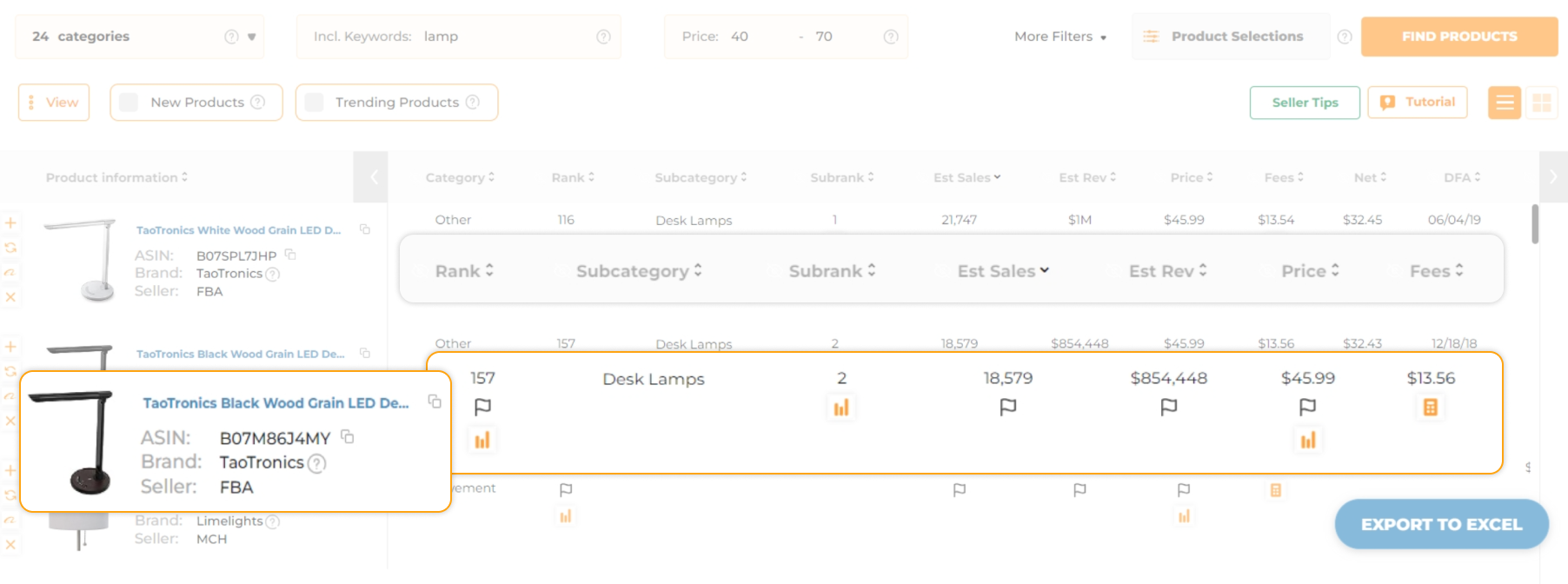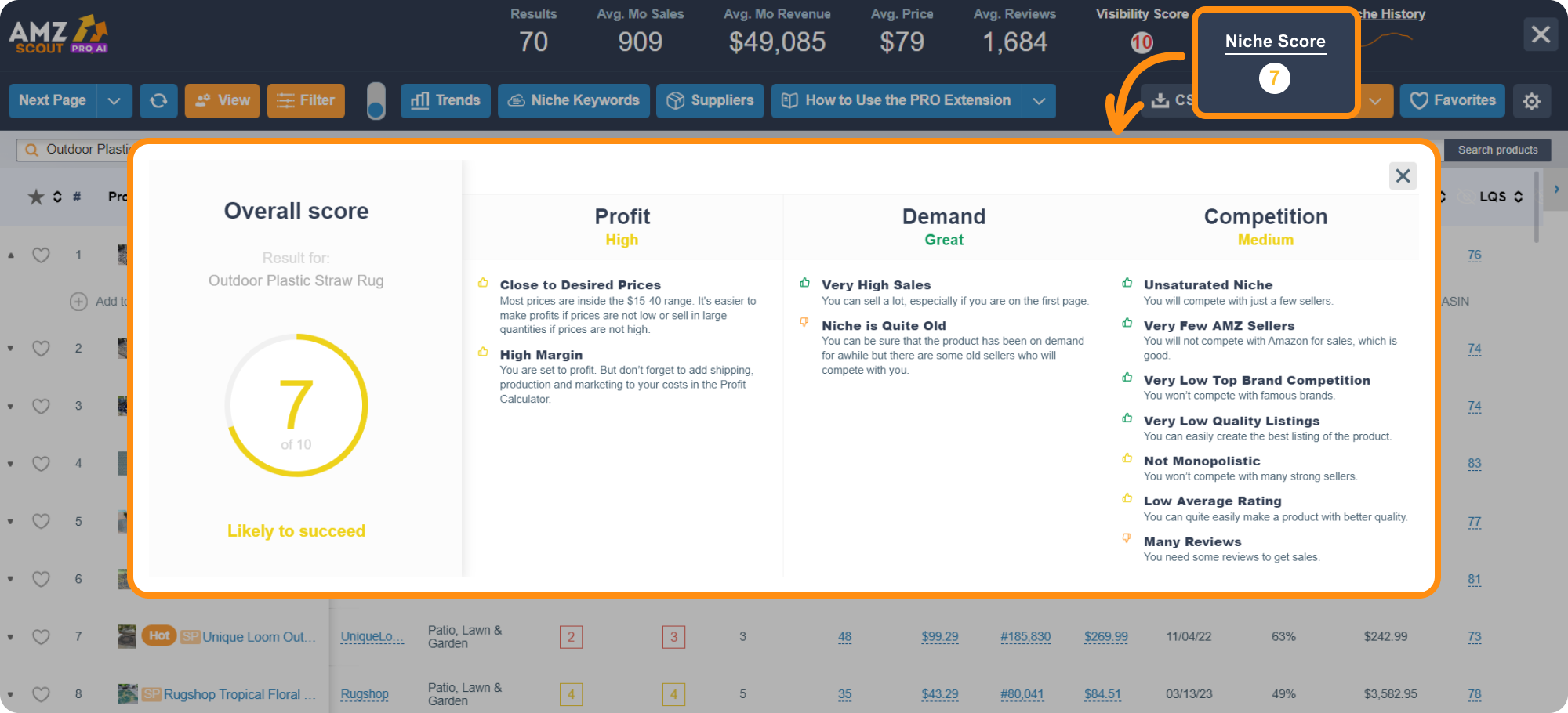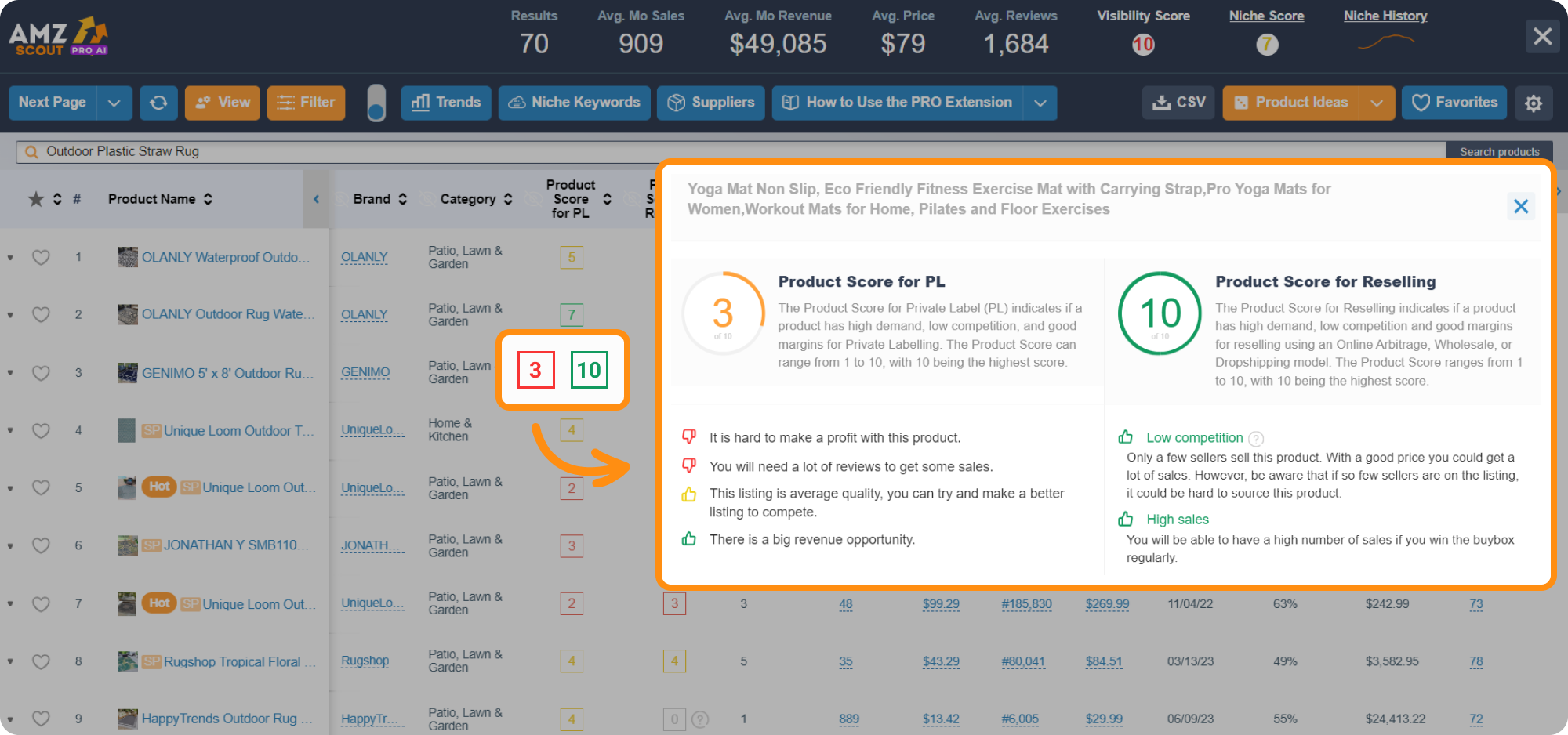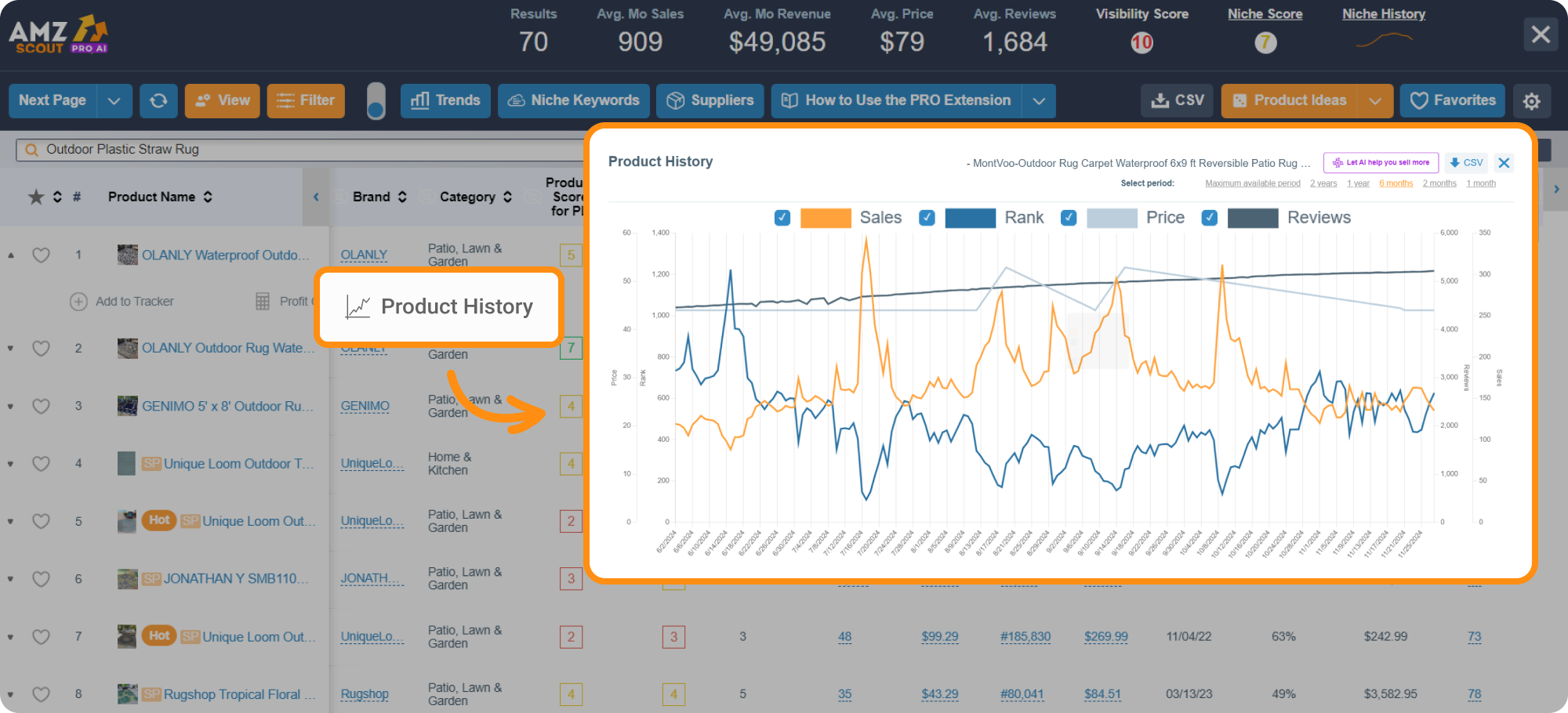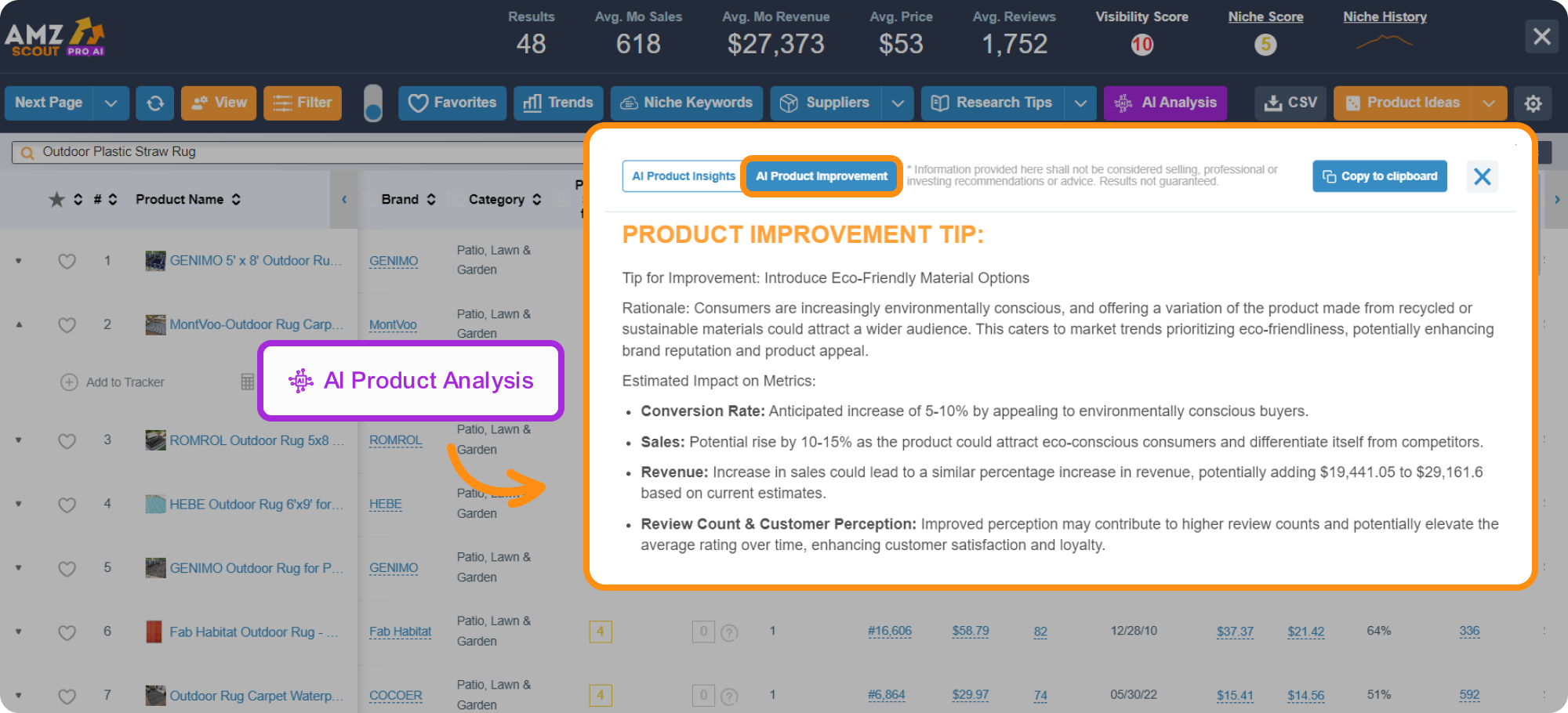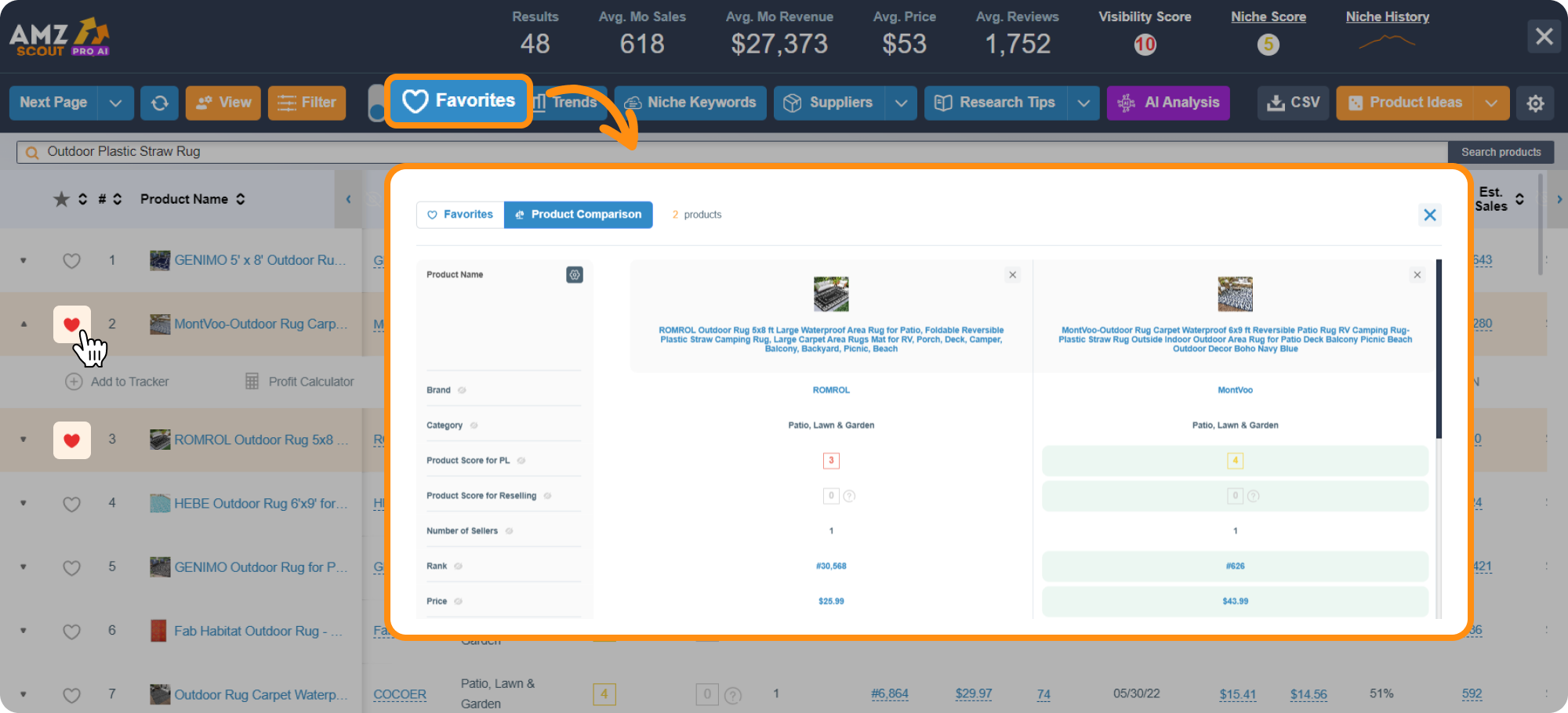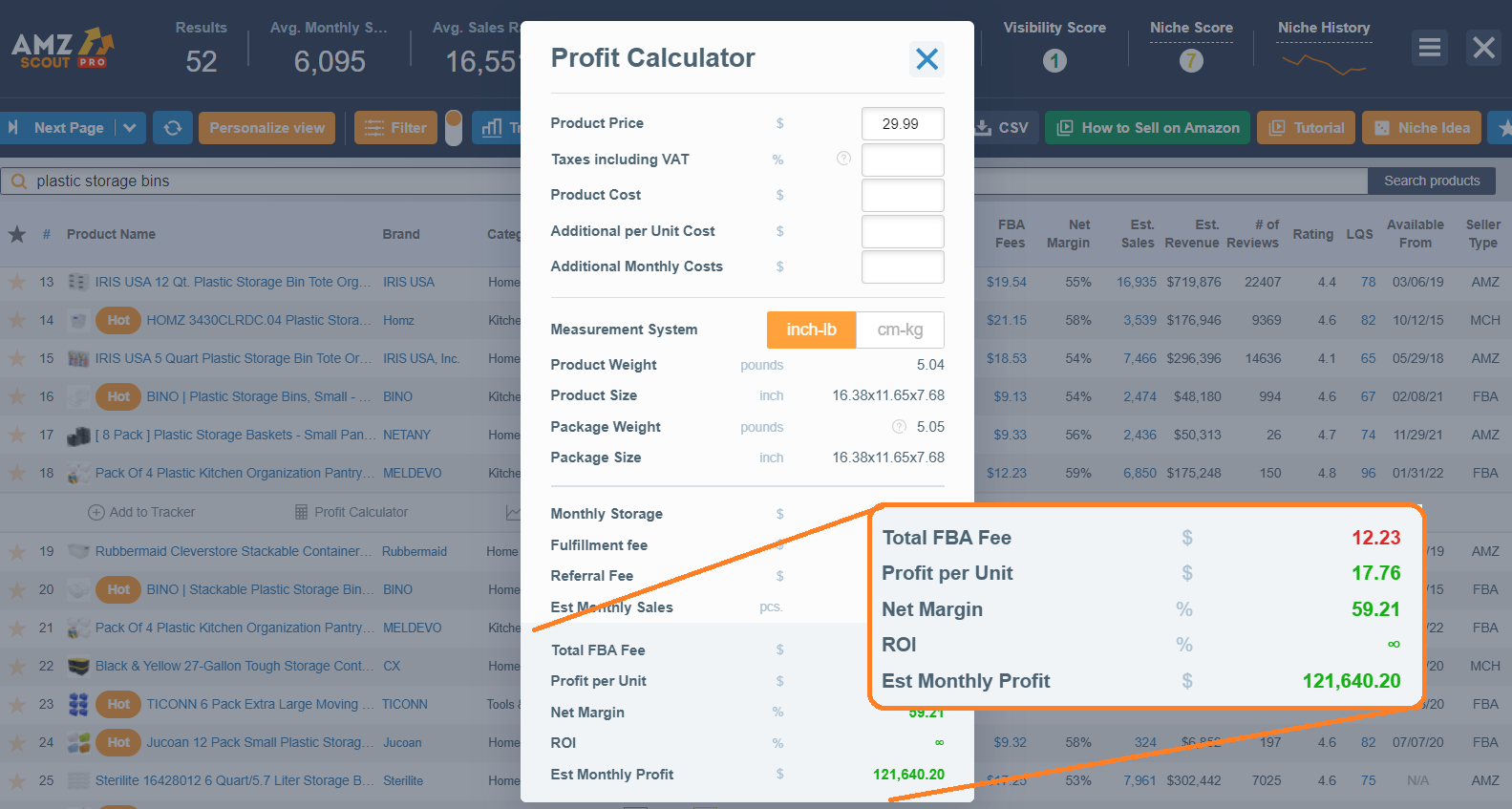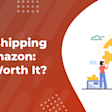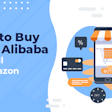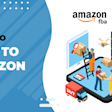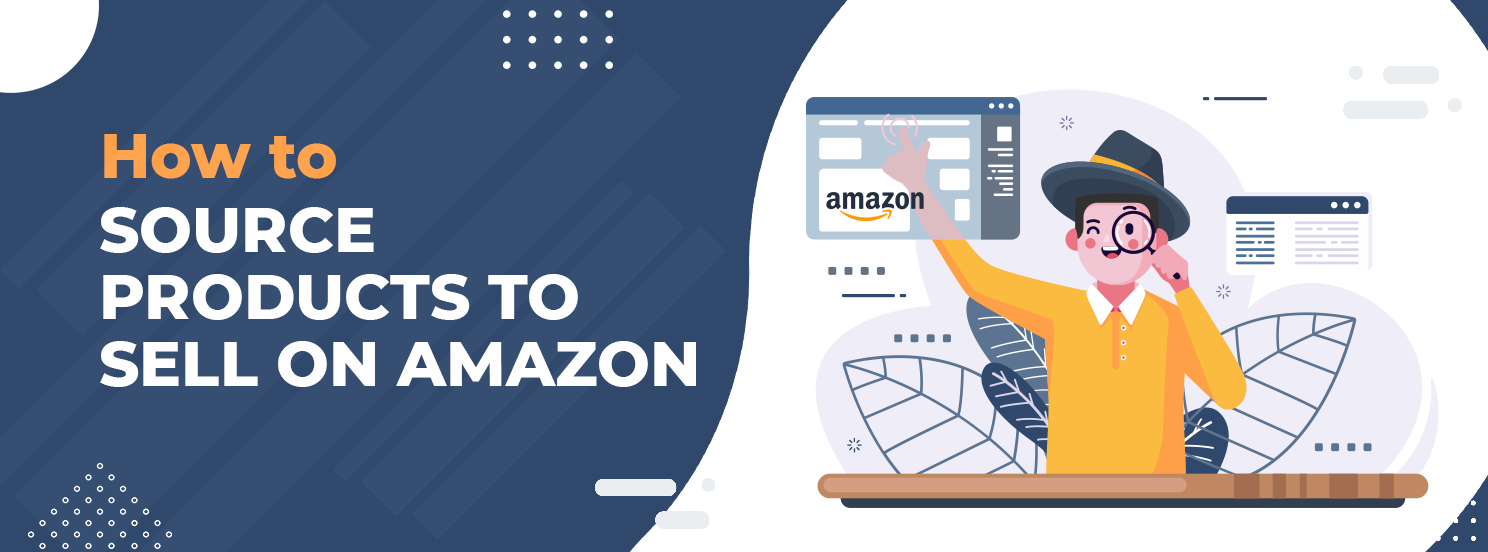
How to Source Products to Sell on Amazon: Best Sourcing Strategies
One of the first things you’re probably wondering when starting an Amazon business is how to source products and where to get inventory to sell. That’s exactly what we’re going to discuss in this post. We’ll go over everything you need to know about Amazon sourcing so you can get the most profitable products to build your businesses.
How to Get Started
To provide you with a clearer understanding of this process, we will break it down into steps and delve into each one in detail. This is a comprehensive guide on how to source products to sell on Amazon. The steps include:
In addition to conducting product research, it’s also crucial to consider factors like negotiating with suppliers. The tips below provide recommendations for navigating these aspects successfully.
Decide on the Business Model
First, you need to determine which business model you want to use for product sourcing. Consider factors such as your budget, time availability, sales experience, and overall business goals.
Here are the four of the most common ways Amazon sellers acquire their items:
Retail and Online Arbitrage: This strategy involves sourcing products from retail stores or online marketplaces at a lower price, and reselling them at a higher price for profit. Sellers leverage price discrepancies, discounts, and clearance sales to find profitable deals.
Private Label: Private label refers to the practice of sourcing products from manufacturers, adding your own branding and packaging, and selling them under your own brand name. This allows you to create a unique product line and differentiate yourself from competitors.
Wholesale: Wholesale involves sourcing products in bulk directly from brand owners or authorized distributors at discounted prices and reselling them to retailers or consumers at a markup. This method requires building relationships with suppliers and managing inventory.
Dropshipping: This is a business model where sellers list and sell products on their online store or marketplace without holding any inventory. Instead, when an order is placed, the seller purchases the product from a third-party supplier who then directly ships it to the customer.
If you are starting a business with a limited initial investment, models like dropshipping are probably more suitable for you, whereas if you have prior experience and higher capital, creating your own brand can be an intriguing business decision.
Find a Product to Sell
The next step involves deciding exactly what types of products you want to sell, and this decision is crucial as it will determine whether you can generate a profit in this business. Product research can generally be approached in two ways.
Finding products for reselling
The first method is suitable for several business models such as arbitrage, dropshipping, and wholesale. The AMZScout tool, with its telling name, can assist you in identifying the best reselling opportunities.
Here’s how to use it:
Step 1: Install the Amazon Dropshipping, Arbitrage, and Wholesale Extension and start your free trial.
Step 2: Browse the Amazon website to get product ideas. You can search for a niche from here. These may include:
Categories or niches that interest you
Trendy products on offline stores and marketplaces
Products trending on Amazon.com
Step 3: Focus on important data from your product ideas. Scroll Amazon’s search results. Check important data listed underneath each product. You will see these important stats:
Margins (look for product margins above 50%)
Required Amazon fees (for selling this product or using FBA)
Seller types (If Amazon sells this item, the competition is likely too high. Products with only FBA and FBM sellers usually yield the best results)
You can prioritize certain products for yourself and take a closer look at each one later.
Step 4: Check the most promising products. Go to each product page for evaluation. The app is a built-in window with important information found on each product. Look out for items that are private label, ungated, or hazmat. Read more about these three product categories below.
Step 5: Review the product’s historical data. After narrowing your product list and checking each item’s criteria, look for additional information on the product. The price and Buy Box history display help you develop the best pricing strategy after reviewing price fluctuations.
Step 6: Calculate your potential profit. Enter your costs per item using the calculator. Your costs will change depending on these factors:
Shipping costs (found from your shipping partner)
Advertising costs (a combination of PPC bids and other advertising forms)
Other (tools, subscriptions, and other things to keep your business running)
Sales margins will be calculated based on the data you enter. New numbers will appear in the ROI, Profit Margin, and Minimum Net fields. This data will tell you if the product is profitable.
Below are some other things to consider when reselling a product
Several factors determine how easy it is for someone to resell a product. Use AMZScout’s Dropshipping, Arbitrage, and Wholesale Extension for these areas:
Private Label - These products are sold by a single merchant with a brand registry. It is likely impossible to resell these using dropshipping or arbitrage strategies.
Gated category or hazardous materials (hazmat) - You will need permission or certificates to sell these items on Amazon.
Prime delivery - Because arbitrage sellers or dropshippers cannot ship fast, you should typically avoid products listed with Prime delivery.
Finding a product for private-label selling
Private-label selling requires you to research different ideas to find out what you want to sell. The AMZScout Product Database is a powerful product research tool that allows you to find your desired products quickly. Below are the steps you can take to use this tool:
Step 1: Access the AMZScout Product Database. Enter your email address to start a free trial. No credit card details are required.
Step 2: Use the search filters to find products that meet your criteria. To identify top-selling products, use the sales filter and consider applying these criteria:
Category: Choose based on your areas of interest.
High sales: Aim for products with at least 300 sales/month to ensure steady demand.
Reviews: Focus on items with fewer than 200 reviews to avoid competition with well established brands.
Rating: Look for products with a rating under 4.5 to find opportunities for improvement.
Optional: Check the "New and Trending" box to discover recently added products or those with significant sales growth.
Step 3: Click "Find Products" to see your results. Create a list of the products that interest you the most.
To ensure that a product is a good fit for your store, it's important to conduct thorough product research. Let’s find out how to do this below.
In-depth Product Analysis
You now have a list of items from which to choose. However, focusing on one product is a mistake, since you’ll need to find out how viable the niche is. You can use the AMZScout PRO AI Extension to determine niche viability.
Step 1: Install the PRO AI Extension.
Step 2: Browse Amazon for product ideas. You can also analyze items you found from our earlier steps in using the database.
Step 3: Open the extension. Click the AMZScout icon found in the top-right of your browser.
Step 4: Assess niche potential. To gauge the potential of a niche, consider these factors:
Niche Score: Click on the Niche Score in the top-right corner. A score above 7 suggests a combination of a strong demand, low competition, and good profit margins.
Niche competition: Look for well-known brands with a high number of reviews in the “Brand” column—this could indicate strong competition.
Step 5: Check if the niche aligns with your business model. Once you identify whether a niche is promising, evaluate the products within the niche. Check the Product Score for Private Labeling to display first items better suited for launching under your own brand. A score above 7 indicates that it should be a good fit for private labeling.
Step 6: Save your top picks. Click the heart icon next to any product you find interesting to add it to your Favorites for future evaluation.
Step 7: Evaluate product performance. For any product that catches your eye, click on Product History to review its sales data and pricing history. Ensure that there are no sharp declines in sales, and that trends are either stable or rising.
Step 8: Calculate profitability. Open the Product Calculator under the item to estimate your potential profit and determine if it's worth pursuing.
Step 9: Analyze product potential. Click on AI Product Analysis to review the product’s strengths and weaknesses and confirm whether the risks are manageable, and that the opportunities align with your business goals.
Tip: Utilize the “AI Product Improvement” tool (found under the product). It offers tailored suggestions to improve the product and grow your brand.
Step 10: Select the best products for your store. Refine your product selection by clicking Favorites in the top-left corner of the PRO AI Extension window. Use the Product Comparison feature to compare the strengths of each product based on key criteria, and choose the best fit for your store.
This approach helps you pinpoint products with a high chance of success when launched under your own brand, which helps to prevent you from making poor investments while boosting your likelihood of success. Now, let's explore where to source these products.
Where to Source Products to Sell
When it comes to buying products to sell, finding the right place is crucial for the success of your business. Depending on your goals and availability, you may choose from different avenues and locations.
Dropshipping Suppliers: Dropshipping suppliers are companies or individuals that provide products and handle the order fulfillment process on behalf of the seller. They maintain inventory and ship products directly to the customers when an order is placed.
Manufacturers: Manufacturers are companies that produce goods or products. Amazon FBA sourcing directly from manufacturers involves purchasing products in bulk quantities directly from the source. This method allows for greater control over the product, and often offers better pricing compared to intermediaries.
Brands or Distributors: Brands or distributors are entities that own the rights to a particular brand or product line. Sourcing from brands or distributors involves establishing partnerships or agreements with these entities to purchase and sell their products. This method may provide access to exclusive products or brands with established customer demand.
Other Marketplaces: Apart from Amazon, there are several other online marketplaces from which sellers can source products. Examples include eBay, Walmart Marketplace, Alibaba, and Etsy. These marketplaces connect sellers with a wide range of suppliers, manufacturers, or individual sellers offering various products.
Retail Stores: Sourcing from retail stores involves purchasing products directly from brick-and-mortar retail establishments. This method allows for immediate access to products, enabling sellers to find unique or discounted items. Retail stores can include department stores, specialty shops, boutiques, or even thrift stores.
It's important to note that each sourcing method comes with its own advantages and things to consider, such as cost, control over the product, availability, and relationship management. Your choice of product sourcing method depends on your specific business goals, product niche, target market, and available resources.

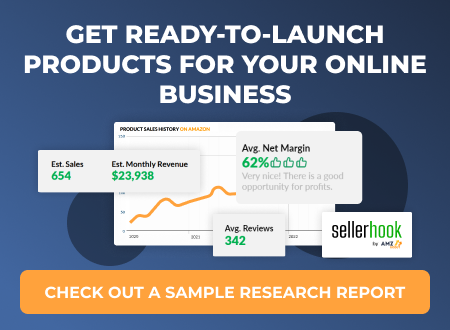
Place an Order and Manage Shipping
Once you have identified which products you want to source and have established relationships with suppliers, your next step is to start placing orders and manage shipping. This involves ordering products from your chosen suppliers based on the agreed-upon terms and conditions. Provide clear instructions regarding quantities, product specifications, packaging requirements, and any other necessary details. Clear and effective communication with suppliers is crucial to ensure smooth order processing.
After placing an order, it's essential to closely monitor the shipping process. Stay in contact with suppliers to track the progress of your orders and ensure timely delivery. Keep an eye on shipping timelines, customs procedures (if applicable), and any potential issues that may arise during transit.
If you’re dealing with a supplier from India, China, or any other overseas locations, you’re going to need your inventory shipped to you. There are two primary shipping methods: sea and air. Shipping by boat is much cheaper, but it could take a month or longer to receive your items. Airfreight can be expensive, but you’ll receive your products in a matter of days. Assuming your items are relatively small and light, shipping by air usually makes the most sense.
Amazon FBA Product Sourcing Tips
You’re almost ready to go out and start sourcing items for your Amazon business. We just have a few more tips for you to ensure your success and help you get the best possible deal on your products.
Get Samples
If you’re dealing with a manufacturer, always be sure to get a sample before going through with your order. Most manufacturers are willing to provide free samples to allow you to inspect the quality and give feedback. Never place an order for manufacturing until you’ve held the product in your hands and are sure it’s what you want.
Negotiate a Good Price
Most wholesalers and manufacturers are willing to negotiate on price. So, if you feel you’re paying too much, or their offer doesn’t work for your budget, feel free to present them with a counter offer.
Calculate All Your Fees
Keep track of all fees involved when sourcing your products. Remember, it’s not just the cost of the items themselves. You also have to factor in shipping costs, as well and any other expenses that occur while sourcing products for Amazon FBA. Make sure to add these to your Amazon FBA fees to get an accurate representation of the cost of each product. This will allow you to set your sale price accordingly.
Conclusion
Sourcing products that make money doesn’t have to be difficult. If you follow the necessary steps and choose the strategy that’s right for your business, it won’t be long before your inventory is full and you’ll be ready to start selling.
